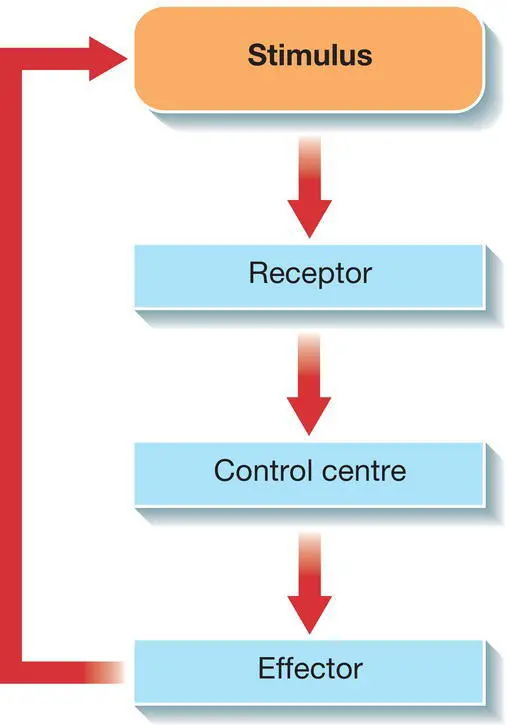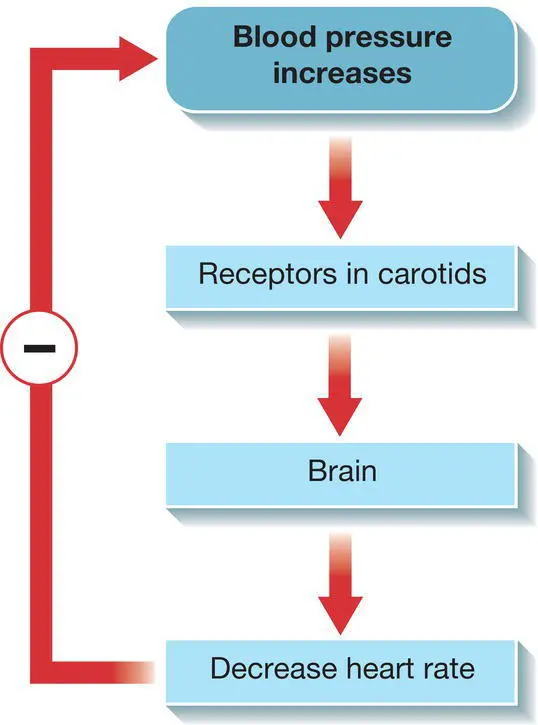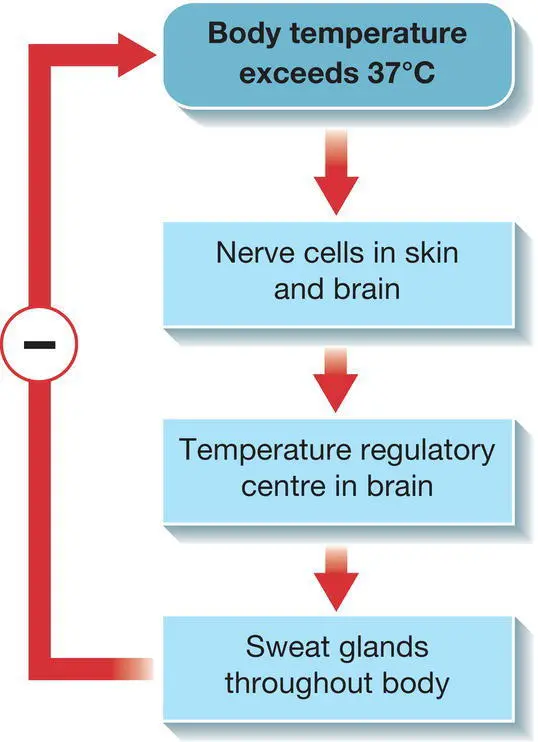Molecules in DNA have an even and uniform shape while in RNA they are uneven and diverse shapes. DNA molecules are made up of millions of nucleotides and RNA molecules are usually smaller, composed of hundreds to a few thousand nucleotides.
Mitosis, meiosis and fertilisation
The human cell usually has 46 chromosomes: 44 autosomes, which are paired, and two sex chromosomes, usually specifying whether someone is male (usually XY) or female (usually XX). Autosomes, known as homologous chromosomes, have all of the same genes arranged in the same order, However, there are small differences in the DNA letters of the genes.
Mitosis occurs when cells divide to make more cells or reproductive cells (meiosis), and when reproductive cells join to make a new individual (fertilisation).
Prior to a cell dividing to make two cells, all of its chromosomes are copied, known as sister chromatids. Until cell division, the copies stay connected with each other by their middles (centromeres.) Upon cell division, the copies are pulled apart, each new cell getting one identical copy of each chromosome. Every cell has an identical set of chromosomes (see Figure 2.2).
When egg and sperm cells form, they go through a type of cell division called meiosis. Meiosis reduces the number of chromosomes by half as well as creating genetic diversity. The cell copies each chromosome, unlike in mitosis, homologous chromosome pairs align, exchanging pieces (recombination). Recombination increases genetic diversity by adding pieces of slightly different chromosomes together. The recombined homologous chromosomes are divided into two daughter cells. Then the sister chromatids are pulled apart into a total of four reproductive cells. Each of these cells has one copy each of 23 chromosomes; all possess a unique combination of gene variations ( Figure 2.3).
Egg and sperm cells have 23 chromosomes each, half as many chromosomes as regular cells. Through the process of fertilisation, egg and sperm join, making a cell with 46 chromosomes (23 pairs), a zygote. For each chromosomal pair, one homologous chromosome came from each parent. Genes are arranged in the same order but there are small variations in the DNA letters of those genes ( Figure 2.4).
Nurses and other healthcare professionals are ideally placed to offer and promote genetic and genomic healthcare as they highlight health promotion, prevention, screening, patient, family and community relationships.
A genetic disorder is a disease caused by a change in the DNA sequence away from the normal sequence. Genetic disorders can be caused by a mutation in one gene, by mutations in multiple genes, by a combination of gene mutations and environmental factors, or damage to chromosomes.

Figure 3.1 Components of a negative feedback system.

Figure 3.2 Negative feedback – raised blood pressure.

Figure 3.3 Negative feedback – raised temperature.

Figure 3.4 Positive feedback of childbirth.
Homeostasis is an important physiological concept and can be defined as the ability of the body or a cell to seek and maintain a condition of equilibrium within its internal environment when dealing with external changes. It is a state of equilibrium for the body. Homeostasis allows the organs of the body to function effectively in a broad range of conditions.
All the organs and organ systems of the human body work together in harmony and are closely regulated by the nervous and endocrine systems. The nervous system controls almost all body activities and the endocrine system secretes hormones that regulate these activities. Working together, the organ systems supply body cells with all the substances needed and also eliminate waste. They also keep temperature, pH, blood glucose and other conditions at just the right levels required to support life processes.
Temperature at 36.5 °C
Blood glucose – 4–8 mmol/L
pH of the blood – 7.4
There are a variety of feedback mechanisms used by the body to regulate internal systems. There are three fundamental elements associated with the feedback system: a receptor, a control centre and an effector ( Figure 3.1). The effector may be a muscle, organs or another structure that receives messages indicating a reaction is required.
The receptor senses changes in the internal environment, relaying information to the control centre. Specific nerve endings in the skin, for example, sense a change in temperature, detecting changes such as a sudden increase or fall in body temperature.
The brain is the control centre, receiving information from the receptor and interpreting the information, and then sending information to the effector. The output could be nerve impulses or hormones or other chemical signals.
An effector is a body system, for example, the skin, blood vessels or the blood, that receives the information from the control centre, producing a response to the condition. For example, in the regulation of body temperature by our skin (if it drops below normal), the hypothalamus acts as the control centre, which receives input from the skin. The output from the control centre goes to the skeletal muscles via nerves to initiate shivering and this raises body temperature.
Most body systems work on negative feedback. Negative feedback ensures that, in any control system, changes are reversed and then returned back to the set level. An example might be, if the blood pressure increases, then receptors in the carotid arteries detect this change in blood pressure and relay a message to the brain. The brain will cause the heart to beat more slowly and, by doing this, work towards decreasing the blood pressure. Decreasing heart rate has a negative effect on blood pressure ( Figure 3.2). Another example of negative feedback is regulation of body temperature at a constant 37 °C. If we get too hot, blood vessels in the skin vasodilate and heat is lost and we cool down. If we get too cold, blood vessels in the skin vasoconstrict, we lose less heat and the body warms up. The negative feedback system therefore ensures that homeostasis is maintained ( Figure 3.3).
This is the mechanism used by the body to enhance an output needed to maintain homeostasis. Positive feedback mechanisms push levels out of normal ranges. While this process can be beneficial, it is rarely used by the body because of the risk of the increased stimuli becoming out of control.
Читать дальше
















